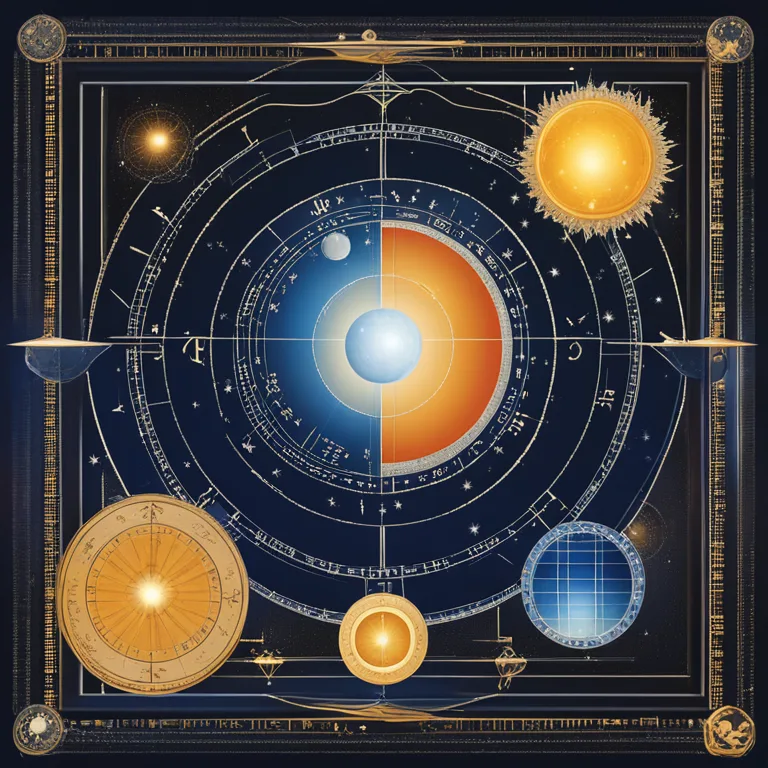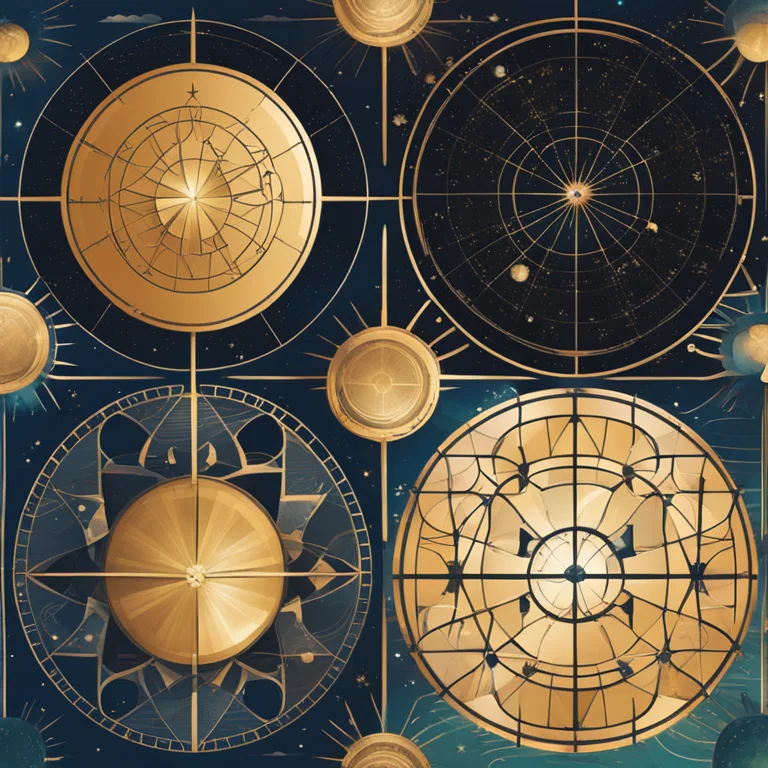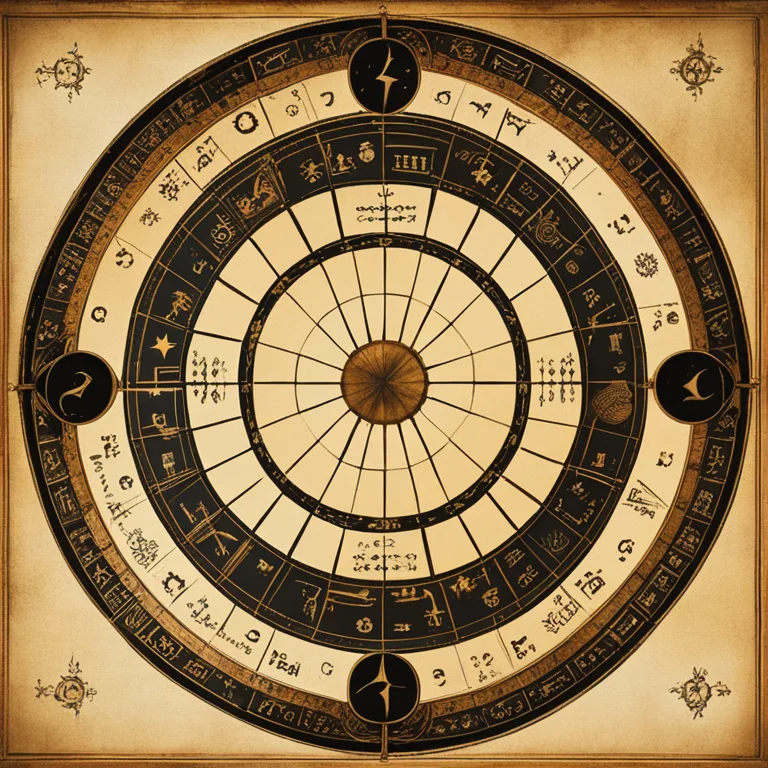
Birth Chart Analysis & Sign Houses
Delve into the realm of astrology as we explain the birth chart through the lens of whole sign house system.
article by Priya Deshmukh
The Basis of Whole Sign Houses
Astrology provides a celestial snapshot of the skies at your moment of birth, offering insights into your personality, potential, and life journey. Among the various house systems utilized in astrology, the whole sign houses system stands as one of the oldest and most straightforward approaches. Originating in the Hellenistic tradition, this system allocates each of the twelve zodiac signs to a corresponding house based on your rising sign. Each house governs different aspects of life, from identity to relationships to career, creating a comprehensive map of an individual’s astrological DNA.

Constructing Your Birth Chart
To craft a birth chart using whole sign houses, one must first identify the ascendant—or the rising sign—which sets the tone for the entire chart. The zodiac sign ascending on the eastern horizon at your birth becomes the first house. Subsequently, the following zodiac signs align with subsequent houses in direct zodiacal order. This simple allocation means a sign's entirety governs each house without the complications of varying house sizes or intercepted signs, making it an attractive starting point for those new to astrology.

Interpreting Planetary Positions
In whole sign houses, the influence of a planet is tied directly to the house it occupies. For example, Venus in the second house suggests a harmonious approach to finances and self-worth, while Mars in the sixth might indicate a proactive or competitive nature in one’s work environment. By examining the planets' positions in these houses, along with the aspects they make to each other, a rich narrative of tendencies, challenges, and talents unfolds for the individual.

Whole Sign Houses vs. Other Systems
The astrological community is divided on which house system reigns supreme, with methods such as Placidus and Koch playing significant roles. Each has its merits, yet the transparency of whole sign houses fosters clarity. Placidus, the most common in modern Western astrology, slices the sky based on the time it takes for a sign to rise, causing houses to vary in size. The whole sign system's equality across houses eliminates this fluctuation, providing an egalitarian perspective often preferred in ancient and traditional astrological practices.

Relevance in Modern Astrology
Despite its ancient roots, the whole sign houses system has seen a resurgence in contemporary astrological use. Practitioners find its simplicity in interpreting charts beneficial in providing clear readings. With the rising interest in more traditional astrology techniques, the whole sign houses method aligns well with the move towards foundational astrological principles. Additionally, due to its straightforward nature, it’s an excellent tool for educational purposes, easing the learning curve for astrology students.
Whole Sign Houses in Your Life
Applying the whole sign houses to your own birth chart can reveal new dimensions of your astrological profile. It might bring to light latent talents or propose explanations for life patterns you’ve observed. This system empowers both astrologers and enthusiasts to trace life’s possibilities and cope with its trials by understanding the inherent energies the planets and signs bring to each house. It is a testament to astrology’s evolving nature that an ancient system can still profoundly resonate today.
Published: 12/22/2023
Modified: 12/22/2023
More predictions
Come back here soon to learn more about yourself and your future


Astrology Houses: The Roadmap of Destiny
Delve into the fundamental elements of astrological houses and their meanings in personal astrology charts.


Astrological Houses: A Comprehensive Guide
Discover the fundamental roles of astrological houses and how they influence your personal horoscope and astrology readings.


The Role of Astrological Houses
Discover the fundamental concepts of astrological houses and how they influence personal astrological charts.